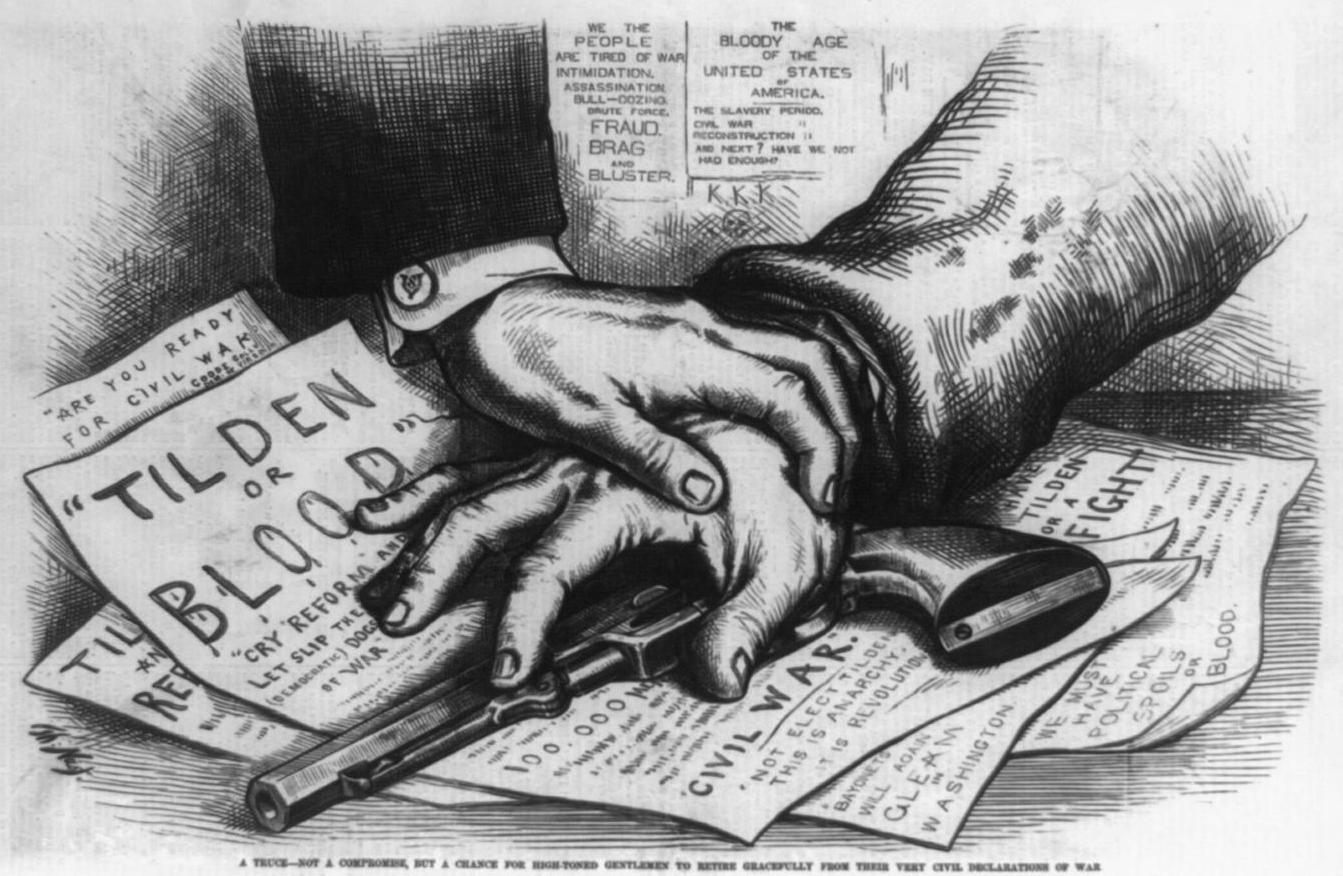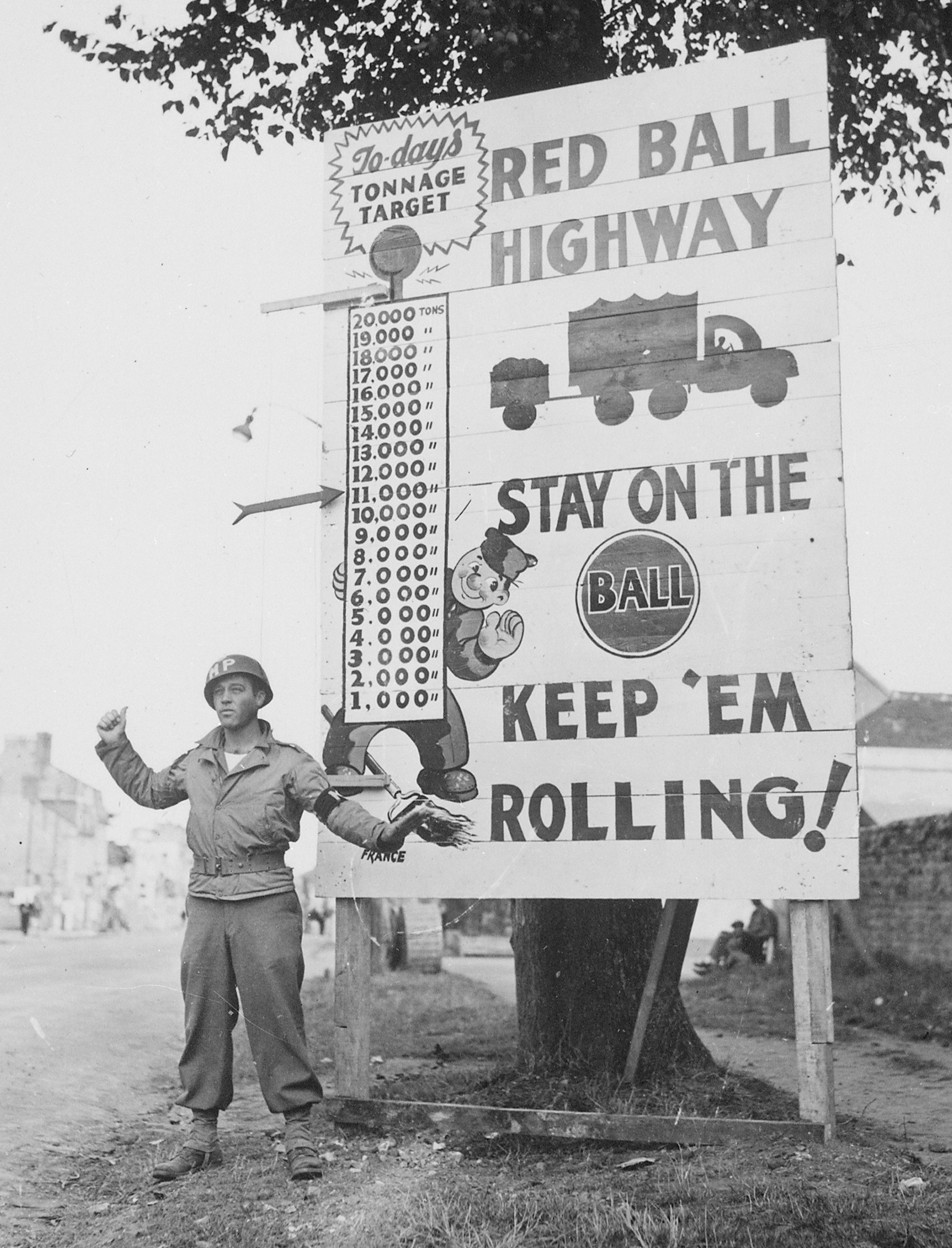|
Operation Anger
Operation Anger (sometimes known as Operation Quick Anger), was a military operation to seize the city of Arnhem in April 1945, during the closing stages of the Second World War. It is also known as the Second Battle of Arnhem or the Liberation of Arnhem. The operation was part of the Canadian First Army's liberation of the Netherlands and was led by the 49th British Infantry Division, supported by armour of the 5th Canadian Armoured Division, Royal Air Force air strikes and boats of the Royal Navy. The Western Allies first tried to liberate Arnhem in September 1944 during Operation Market Garden. Poor planning, the unexpected presence of German armoured units and a delayed advance by ground forces meant that the 1st British Airborne Division were defeated and a new front stabilised south of the city. Fresh planning to take Arnhem began in the new year as the Canadian First Army sought ways to link up its units advancing into the Netherlands. However it was not until Apri ... [...More Info...] [...Related Items...] OR: [Wikipedia] [Google] [Baidu] |
Western Front (World War II)
The Western Front was a European theatre of World War II, military theatre of World War II encompassing Denmark, Norway, Luxembourg, Belgium, Netherlands, the Netherlands, the United Kingdom, France, and Germany. The Italian campaign (World War II), Italian front is considered a separate but related theater. The Western Front's 1944-1945 phase was officially deemed the European Theater of Operations, United States Army, European Theater by the United States, whereas Italy fell under the Mediterranean Theater of Operations, United States Army, Mediterranean Theater along with North Africa. The Western Front was marked by two phases of large-scale combat operations. The first phase saw the capitulation of Luxembourg, Netherlands, Belgium, and France during May and June 1940 after their defeat in the Low Countries and the northern half of France, and continued into an air war between Germany and Britain that climaxed with the Battle of Britain. The second phase consisted of large- ... [...More Info...] [...Related Items...] OR: [Wikipedia] [Google] [Baidu] |
5th Canadian Division
The 5th Canadian Division is a formation of the Canadian Army responsible for the command and mobilization of most army units in the provinces of New Brunswick, Nova Scotia, Prince Edward Island and Newfoundland and Labrador; as well as some units in Kingston, Ontario. The division is recognized by the distinctive maroon patch worn on the sleeve of its soldiers. It was first created as a formation of the Canadian Expeditionary Force during the First World War. It was stood down during the war only to be reactivated through the renaming from '1st Canadian Armoured Division' to the 5th Canadian (Armoured) Division during the Second World War. It was stood down following demobilization and was again reactivated in 2013 with the renaming of the former Land Force Area Atlantic. First World War The 5th Canadian Division of the Canadian Corps was formed during World War I under Major-General Garnet Burk Hughes. The 5th began assembling in Britain in February, 1917, but was broken up in ... [...More Info...] [...Related Items...] OR: [Wikipedia] [Google] [Baidu] |
Siegfried Line
The Siegfried Line, known in German as the ''Westwall'', was a German defensive line built during the 1930s (started 1936) opposite the French Maginot Line. It stretched more than ; from Kleve on the border with the Netherlands, along the western border of Nazi Germany, to the town of Weil am Rhein on the border with Switzerland – and featured more than 18,000 bunkers, tunnels and tank traps. From September 1944 to March 1945 the Siegfried Line was subjected to a large-scale Allied offensive. Name The official name for the German defensive line construction program before and during the Second World War that collectively came to be known as the "Westwall" (and "Siegfried Line", or sometimes "West Wall", in English) changed several times during the late 1930s reflecting areas of progress. * Border Watch programme (pioneering programme) for the most advanced positions (1938) * Limes Programme (1938) * Western Air Defense Zone (1938) * Aachen–Saar Programme (1939) * Ge ... [...More Info...] [...Related Items...] OR: [Wikipedia] [Google] [Baidu] |
German Instrument Of Surrender
The German Instrument of Surrender (german: Bedingungslose Kapitulation der Wehrmacht, lit=Unconditional Capitulation of the "Wehrmacht"; russian: Акт о капитуляции Германии, Akt o kapitulyatsii Germanii, lit=Act of capitulation of Germany; french: Actes de capitulation du Troisième Reich, lit=Acts of capitulation of the Third Reich) was a legal document effecting the unconditional surrender of the remaining Nazi German armed forces to the Allies, and ended World War II in Europe; the signing took place at 22:43 CET on 8 May 1945 and the surrender took effect at 23:01 CET on the same day. The document was signed at the seat of the Soviet Military Administration in the Karlshorst quarter (Berlin, Germany) by representatives of the three German armed services of the " Oberkommando der Wehrmacht" (OKW) and Allied Expeditionary Force together with the Supreme High Command of the Soviet Red Army, with further French and American representatives signing as th ... [...More Info...] [...Related Items...] OR: [Wikipedia] [Google] [Baidu] |
Truce
A ceasefire (also known as a truce or armistice), also spelled cease fire (the antonym of 'open fire'), is a temporary stoppage of a war in which each side agrees with the other to suspend aggressive actions. Ceasefires may be between state actors or involve non-state actors. Ceasefires may be declared as part of a formal treaty, but also as part of an informal understanding between opposing forces. They may occur via mediation or otherwise as part of a peace process or be imposed by United Nations Security Council resolutions via Chapter VII of the United Nations Charter. The immediate goal of a ceasefire is to stop violence, but the underlying purposes of ceasefires vary. Ceasefires may be intended to meet short-term limited needs (such as providing humanitarian aid), manage a conflict to make it less devastating, or advance efforts to peacefully resolve a dispute. An actor may not always intend for a ceasefire to advance the peaceful resolution of a conflict, but instead gi ... [...More Info...] [...Related Items...] OR: [Wikipedia] [Google] [Baidu] |
Leapfrogging (infantry)
Bounding overwatch (also known as leapfrogging, moving overwatch, or "The Buddy System") is a military Military tactics, tactic of alternating movement of coordinated units to allow, if necessary, suppressive fire in support of offensive forward "fire and movement" or defensive "center peel" disengagement. As members of a unit (element to platoon level) take an overwatch (military tactic), overwatch posture, other members advance to cover; these two groups continually switch roles as they close with the enemy. This process may be done by "leapfrogging" with fireteams, but is usually done within fireteams along a squad/platoon battle line to simulate an overwhelming movement towards the enemy and make it more difficult for the enemy to distinguish specific targets. This military tactic takes continuous training and focused coordination to be effectively practiced on the modern battlefield. It was first developed in World War II, when the prevalence of man-portable automatic weapo ... [...More Info...] [...Related Items...] OR: [Wikipedia] [Google] [Baidu] |
I Canadian Corps
I Canadian Corps was one of the two corps fielded by the Canadian Army during the Second World War. History From December 24, 1940, until the formation of the First Canadian Army in April 1942, there was a single unnumbered Canadian Corps. I Canadian Corps became operational in Italy in November 1943 when the 5th Canadian (Armoured) Division joined the 1st Canadian Infantry Division, which had been assigned to the British Eighth Army immediately prior to the Allied invasion of Sicily in July 1943. I Canadian Corps was commanded successively by Lieutenant-General Harry Crerar (April 6, 1942, to March 19, 1944), Lieutenant-General Eedson Burns (March 20 to November 5, 1944), and Lieutenant-General Charles Foulkes (November 10, 1944, to July 17, 1945). However, the 1st Canadian Infantry Division took part in the Italian Campaign, participating in the Moro River Campaign and the Battle of Ortona in December 1943 as part of British V Corps and it was not until the fourth Battl ... [...More Info...] [...Related Items...] OR: [Wikipedia] [Google] [Baidu] |
IJssel
The IJssel (; nds-nl, Iessel(t) ) is a Dutch distributary of the river Rhine that flows northward and ultimately discharges into the IJsselmeer (before the 1932 completion of the Afsluitdijk known as the Zuiderzee), a North Sea natural harbour. It more immediately flows into the east-south channel around the Flevopolder, Flevoland which is kept at 3 metres below sea level. This body of water is then pumped up into the IJsselmeer. It is sometimes called the Gelderse IJssel (; "Gueldern IJssel") to distinguish it from the Hollandse IJssel. It is in the provinces of Gelderland and Overijssel. The Romans knew the river as Isala. It flows from Westervoort, on the east side of the city of Arnhem. Similar to the Nederrijn which shares its short inflow, the Pannerdens Kanaal, it is a minor discharge of the Rhine. At the fork where the Kanaal is sourced the Rhine becomes named the Waal. This splitting-off is west of the German border. The Waal in turn interweaves with other rivers ... [...More Info...] [...Related Items...] OR: [Wikipedia] [Google] [Baidu] |
II Canadian Corps
II Canadian Corps was a corps-level formation that, along with I Corps (United Kingdom), I (British) Corps (August 1, 1944 to April 1, 1945) and I Canadian Corps (April 6, 1943 to November 1943, and April 1, 1945 until the end of hostilities), comprised the First Canadian Army in Northwest Europe during World War II. Authorization for the formation of the corps headquarters became effective in England on January 14, 1943. Over March 4–12, 1943 the new Canadian corps was involved in Exercise Spartan, a large-scale training exercise in southern England. This exercise revealed weaknesses in the command of both the new Corps and of First Canadian Army, and this led directly to several changes in leadership over the subsequent year. The first commander of II Canadian Corps was Lieutenant-general (Canada), Lieutenant-General Ernest William Sansom, effective January 15, 1943. Concerns over his leadership abilities and health caused Sansom to be replaced by Lieutenant-General Guy Sim ... [...More Info...] [...Related Items...] OR: [Wikipedia] [Google] [Baidu] |
1st Airborne Division (United Kingdom)
The 1st Airborne Division was an airborne infantry division of the British Army during the Second World War. The division was formed in late 1941 during the Second World War, after the British Prime Minister, Winston Churchill, demanded an airborne force, and was initially under command of Major-General Frederick A. M. Browning. The division was one of two airborne divisions raised by the British Army during the war, with the other being the 6th Airborne Division, created in May 1943, using former units of the 1st Airborne Division. The division's first two missions—Operation Biting, a parachute landing in France, and Operation Freshman, a glider mission in Norway—were both raids. Part of the division was sent to North Africa at the end of 1942, where it fought in the Tunisian Campaign, and when the Allies invaded Sicily in July 1943, the division undertook two brigade sized landings. The first, Operation Ladbroke, carried out by glider infantry of the 1st Airlanding Br ... [...More Info...] [...Related Items...] OR: [Wikipedia] [Google] [Baidu] |
Operation Market Garden
Operation Market Garden was an Allies of World War II, Allied military operation during the World War II, Second World War fought in the Netherlands from 17 to 27 September 1944. Its objective was to create a Salient (military), salient into German territory with a bridgehead over the River Rhine, creating an Allies of World War II, Allied invasion route into northern Germany. This was to be achieved by two sub-operations: seizing nine bridges with combined U.S. and British airborne forces (Market) followed by land forces swiftly following over the bridges (Garden). The airborne operation was planned and undertaken by the First Allied Airborne Army with the land operation by XXX Corps (United Kingdom), XXX Corps of the Second Army (United Kingdom), British Second Army.The Battle for the Rhine 1944 by Robin Neillands, Chapter 4 The Road to Arnhem Although the largest airborne operation of the war up to that point, Market Garden's ultimate outcome remains debated: The operation s ... [...More Info...] [...Related Items...] OR: [Wikipedia] [Google] [Baidu] |
Battle Of Arnhem
The Battle of Arnhem was a battle of the Second World War at the vanguard of the Allied Operation Market Garden. It was fought in and around the Dutch city of Arnhem, the town of Oosterbeek, the villages Wolfheze and Driel and the vicinity from 17 to 26 September 1944. The Allies were poised to enter the Netherlands after sweeping through France and Belgium in the summer of 1944, after the Battle of Normandy. Operation Market Garden was proposed by Field Marshal Sir Bernard Montgomery, who favoured a single push northwards over the branches of the Lower Rhine River, allowing the British Second Army to bypass the Siegfried Line and attack the Ruhr. US Airborne troops were dropped in the Netherlands to secure bridges and towns along the line of the Allied advance. Farthest north, the British 1st Airborne Division landed at Arnhem to capture bridges across the Nederrijn (Lower Rhine), supported by men of the Glider Pilot Regiment and the 1st Polish Parachute Brigade. The Briti ... [...More Info...] [...Related Items...] OR: [Wikipedia] [Google] [Baidu] |




_-_page_3.jpg)





